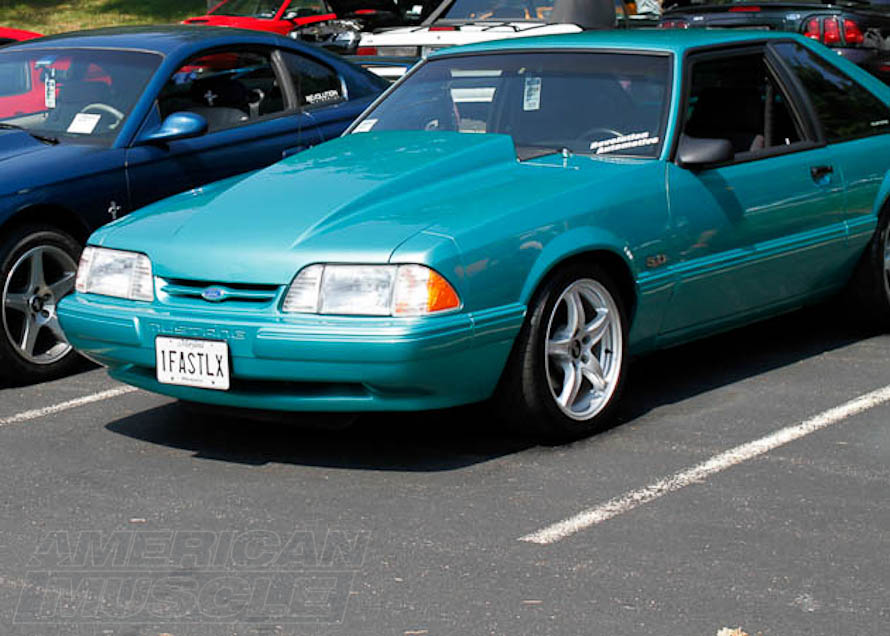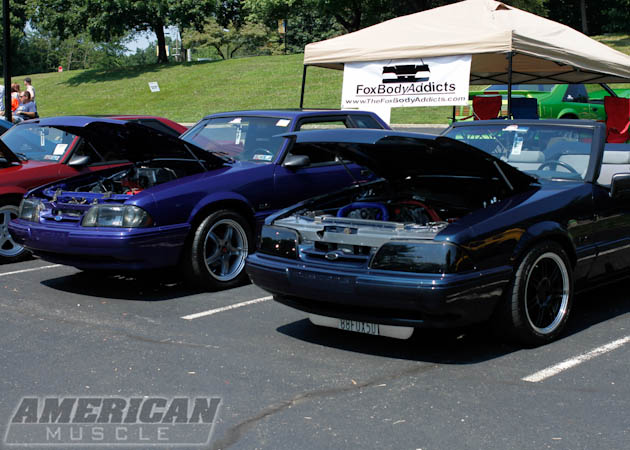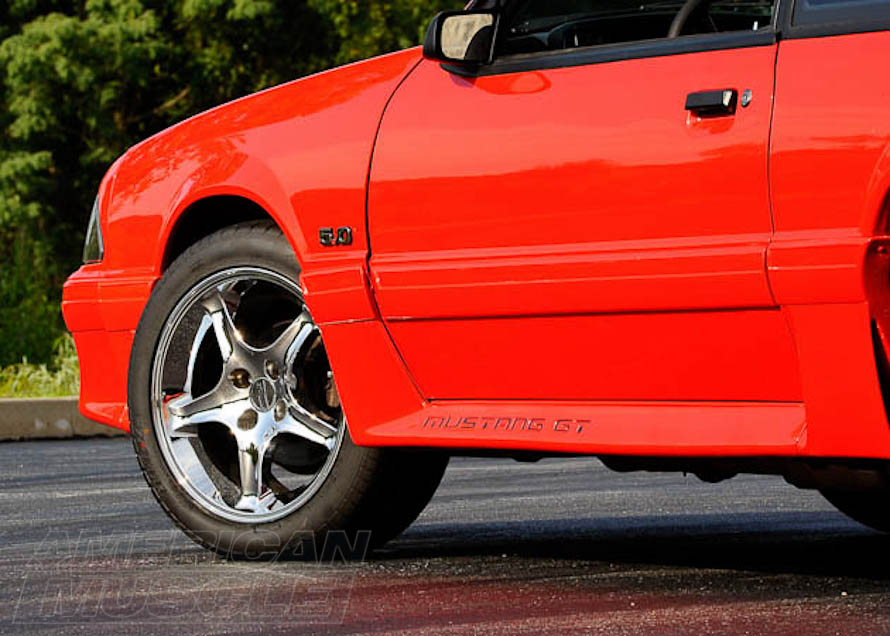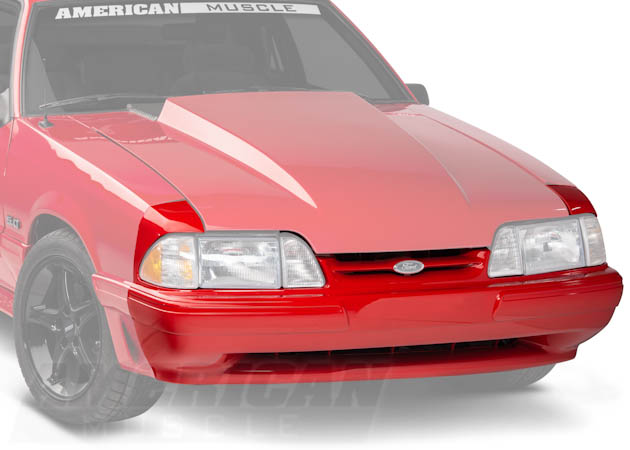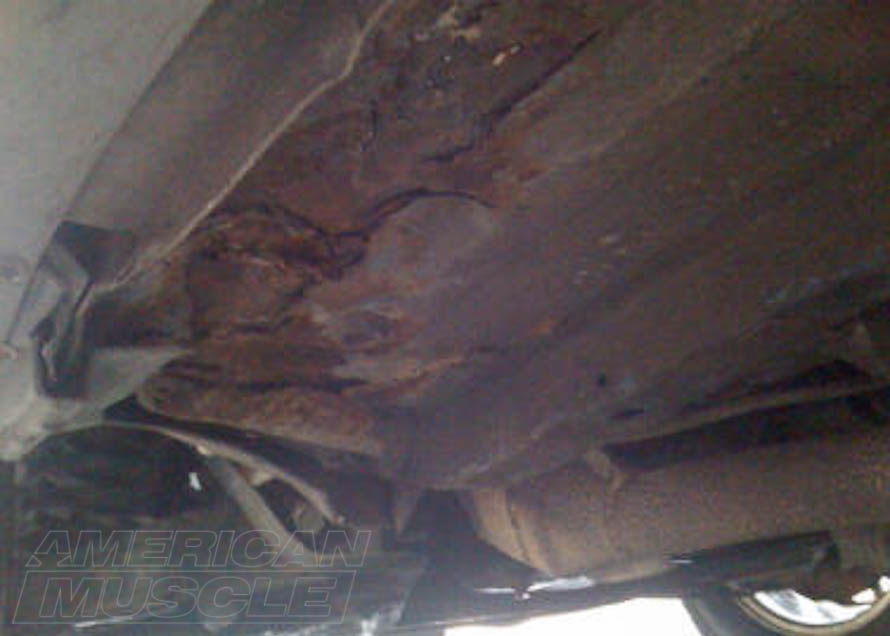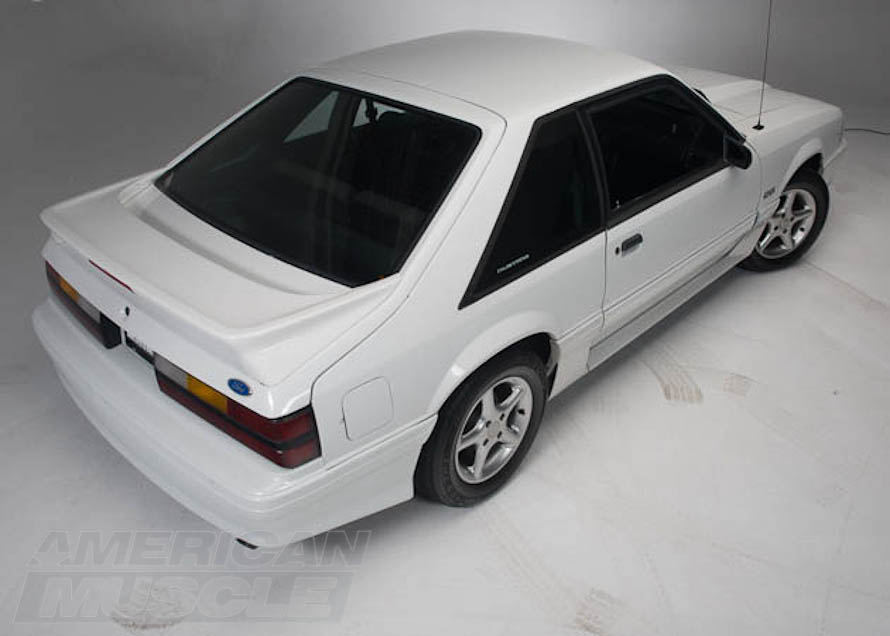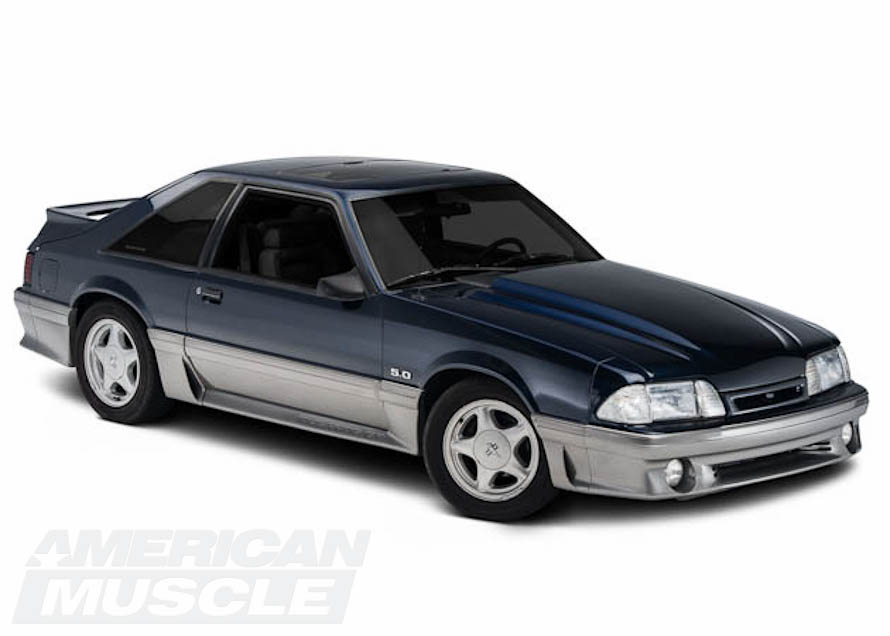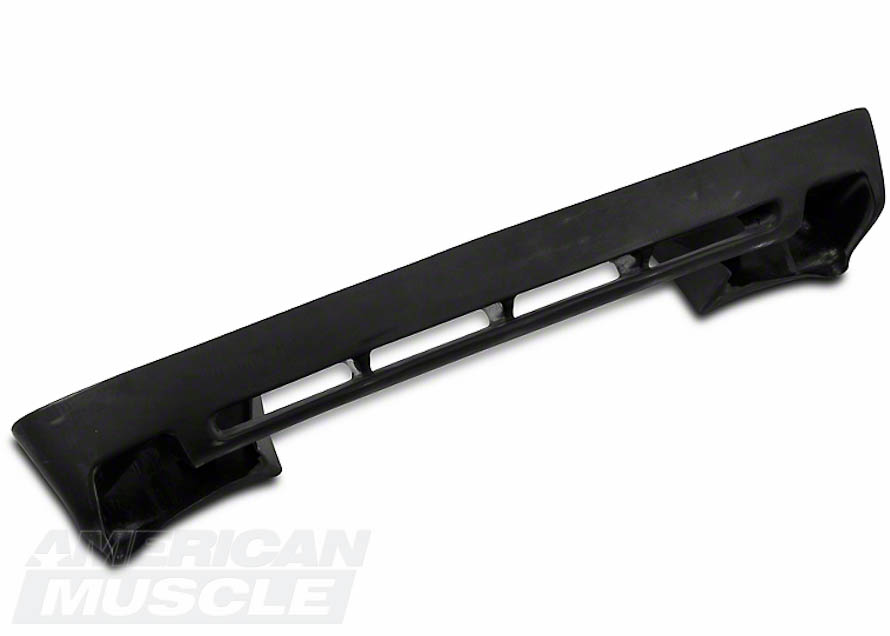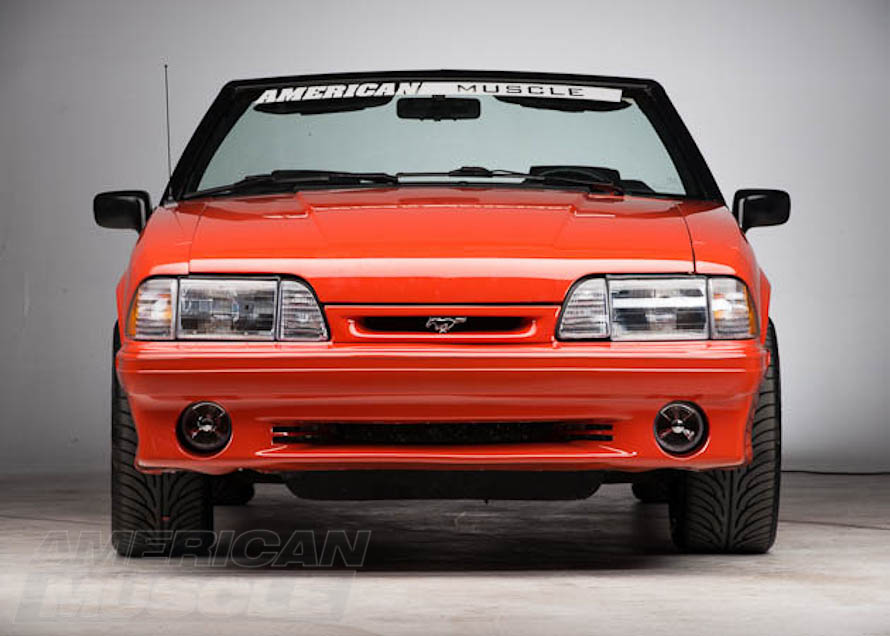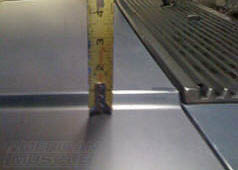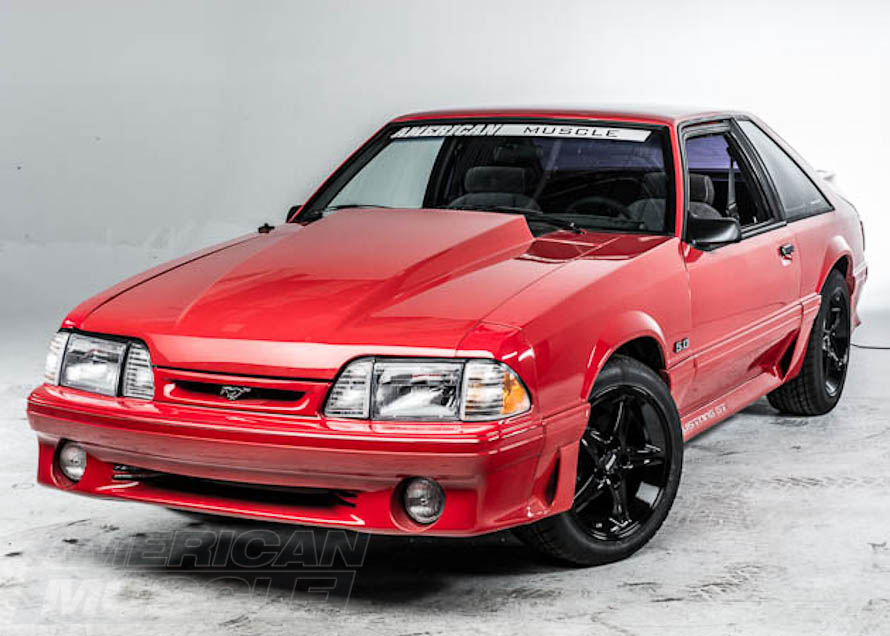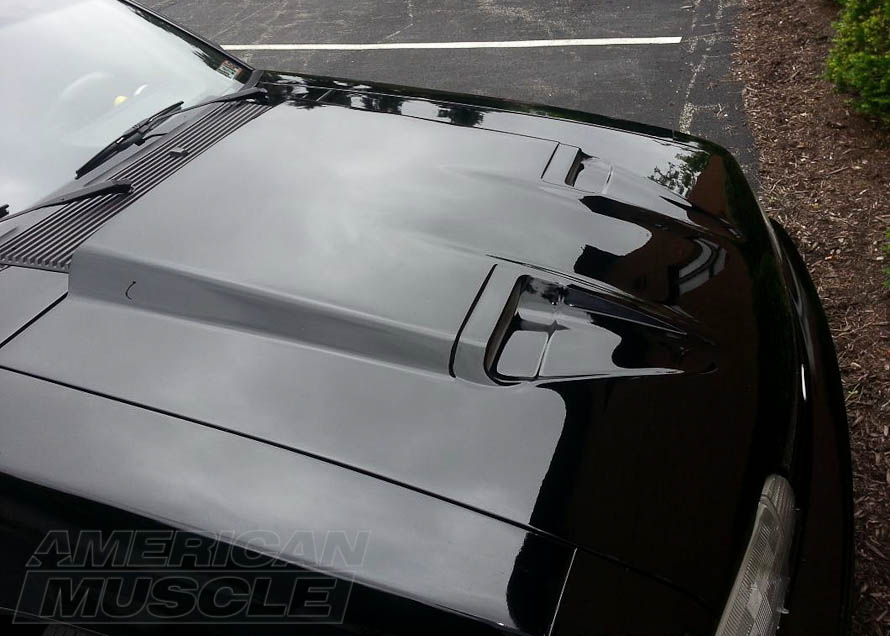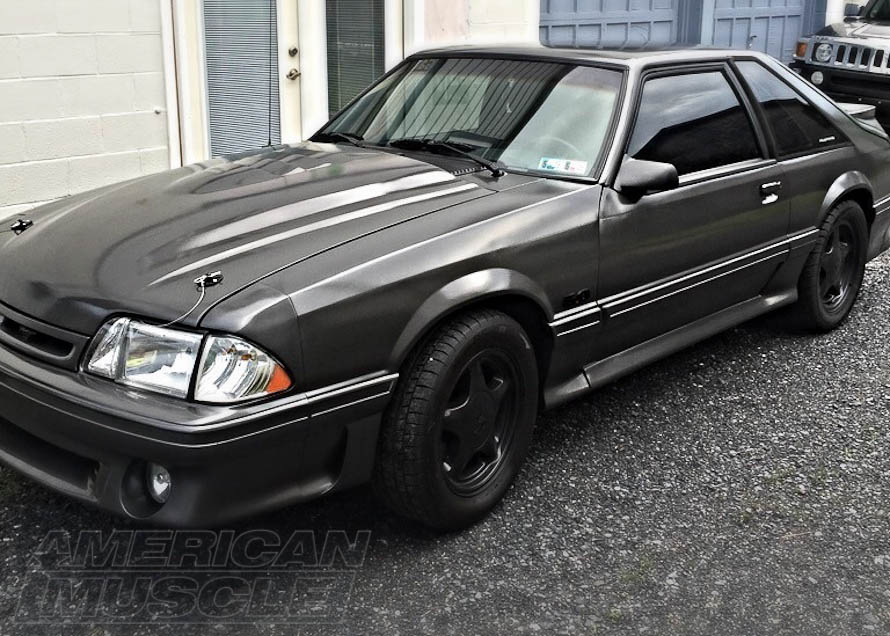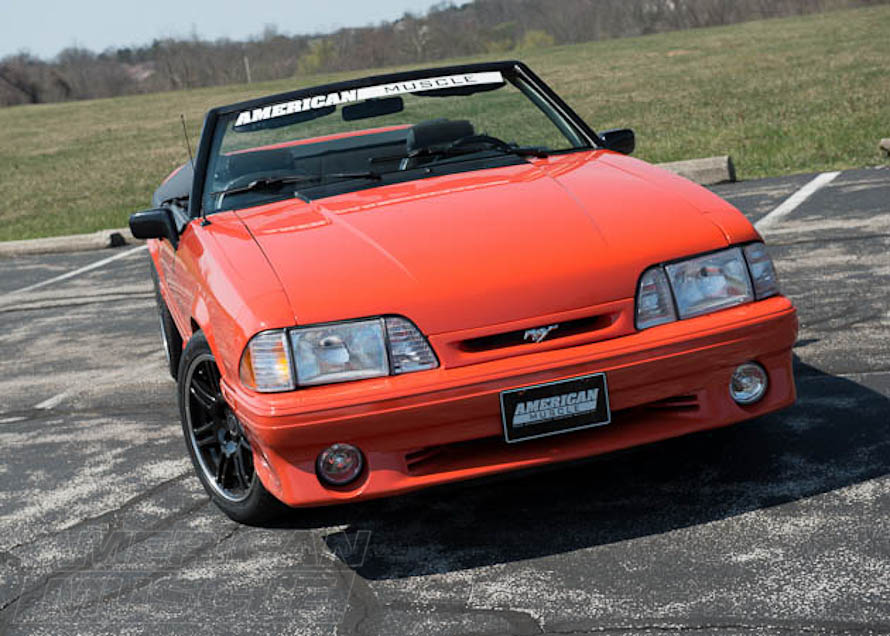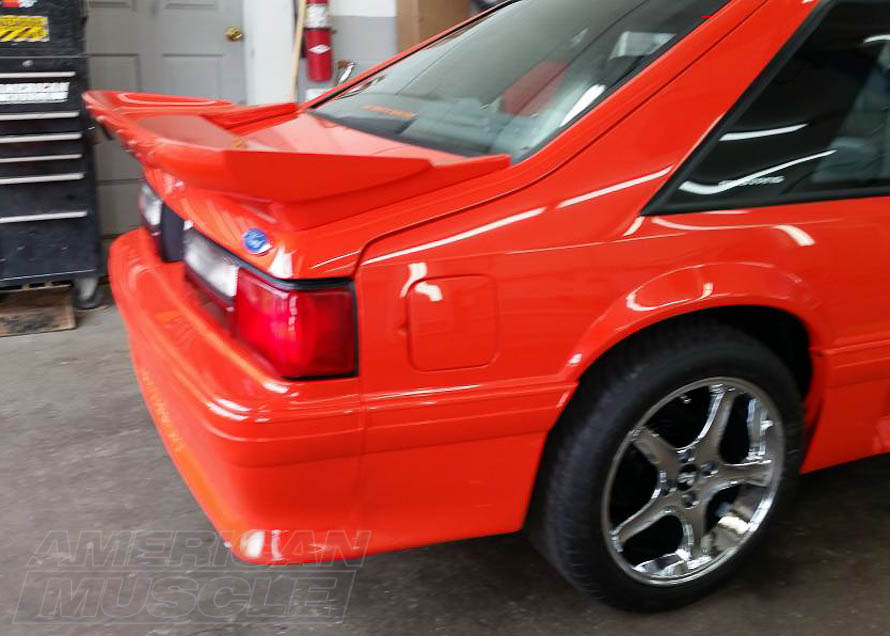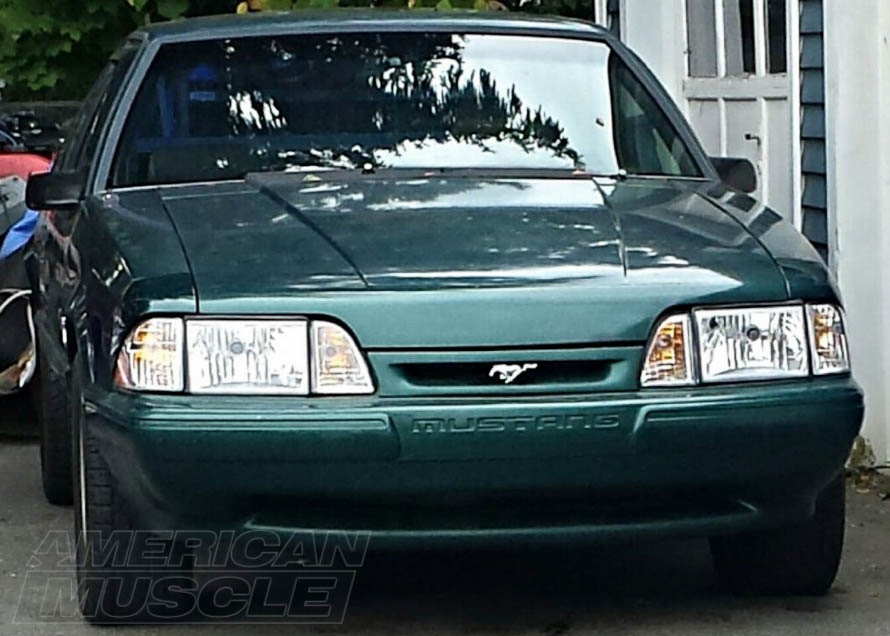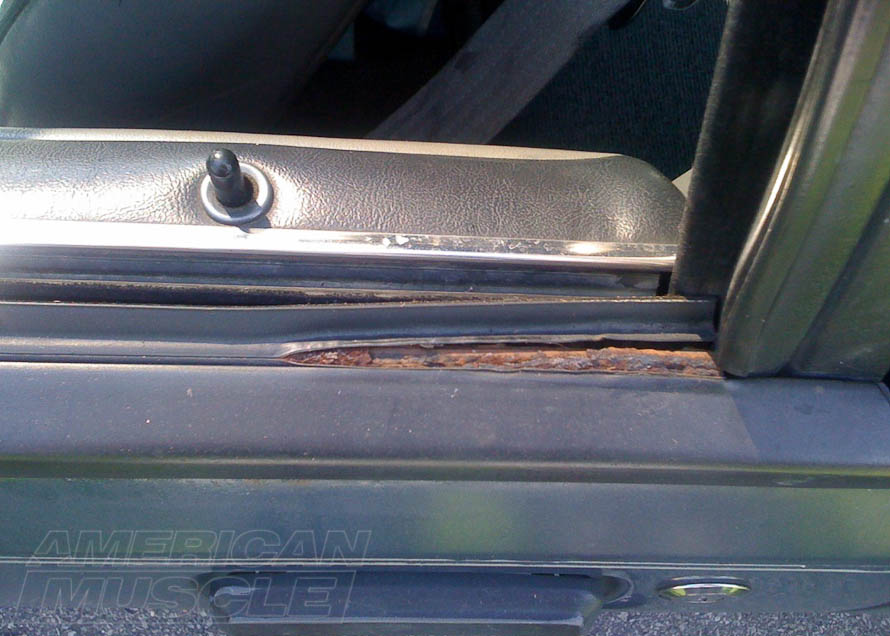With Foxbody Mustangs reaching the 30+ year old range, there are plenty of areas on these cars in need of restoration. A Foxbody hood, for example, takes the brunt of the elements, fading, peeling and eventually rusting. As the center of attention, a good quality hood can complete your look. Smaller details like the front grille, emblems, weather stripping and moldings, the rear spoiler (well, this isn't so small) will also go a long way to completing your Mustang’s build.
Contents
- What You Should Know About Restoring Your Fox Body
- Fox Body Restoration Basics
- Foxbody Side Moldings
- OEM Bumper Covers
- Replacing the Floor Pans
- Rear Quarter Panels
- Tips for Sandpaper Choices
- Aftermarket Foxbody Body Kits
- Restoring Urethane Mustang Parts
- Tips for Sandpaper choices
- Foxbody Hoods - Restoration or Replacement?
- Stock Style Fox Mustang Hoods
- Aftermarket Foxbody Hoods
- Cowl Induction Hoods
- Hood Pins and Their Function
- Making the Choice Between a Stock or Aftermarket Hoods
- Foxbody Spoilers and Wings
- Mustang Grille Inserts
- Foxbody Badges and Emblems
- Trim Pieces and Weather Stripping
Shop Fox Body Restoration
From the novice enthusiast to the experienced gear head, AmericanMuscle provides the tools and tricks everyone needs to turn their old Fox Body into an ageless show car.


